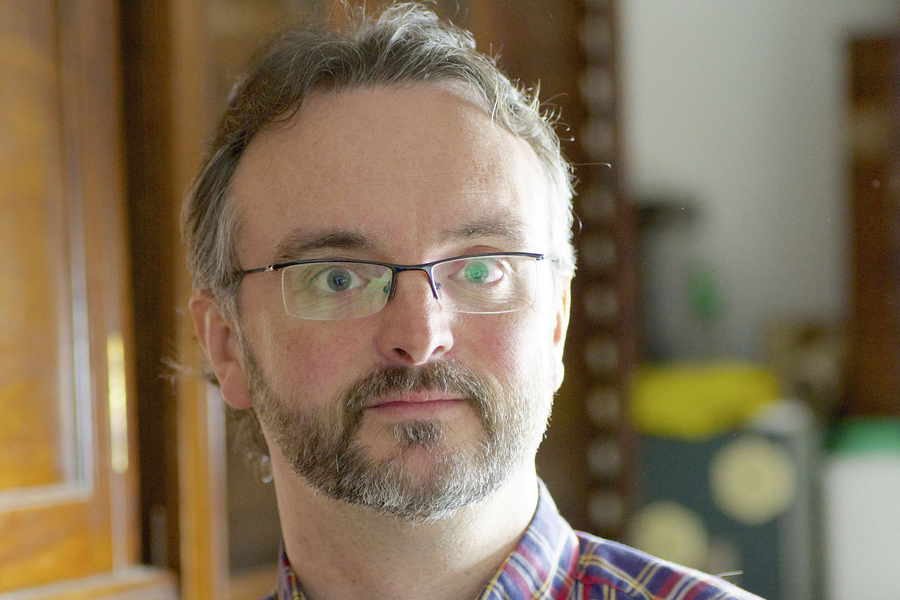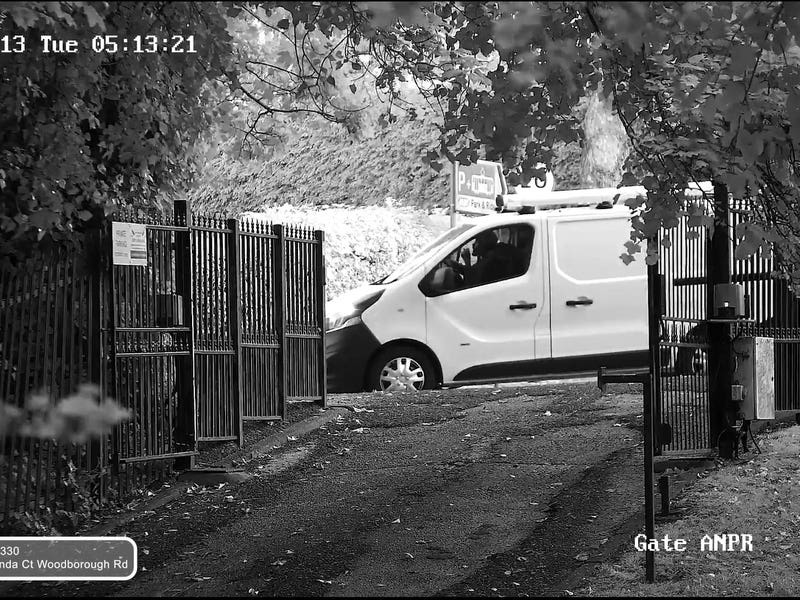Members of the public and Jersey businesses will be given the opportunity to make a pledge towards the work of the organisation’s archive and Archisle – the Société’s contemporary visual arts programme – and in return they will be able to select a photograph from more than 100,000 images of Jersey life dating back to the 1850s.
Individuals are being asked to pledge £100, while businesses are expected to donate £1,000.
Gareth Syvret, photo archivist and project leader of Archisle, said that the money would help with the running costs of the archive and to fund greater numbers of exhibitions, competitions and workshops in the Island.

‘It’s a great way of contributing to the development of the photographic archive for the benefit of all, while also sharing images to promote the enjoyment and value of cultural collections,’ he said.
‘We have all sorts of photographs to choose from. If people are not sure of what they want, we can help them – if they have a special location, or hobby, whether it’s sport or fashion, or something quirky, then we’ll help them select something accordingly.
Mr Syvret said that although the archive had thousands of images documenting the Island’s past, it is vitally important that new images were made to explore the present culture of the Island.
‘Since we started to have this creative debate about contemporary photography, the kind of originality that the people of the Channel Islands are making is really pushing forward. The idea behind the appeal is that people’s contributions will go toward creating a fitting record of our times and in that sense the creative cycle continues,’ he said.
Anyone who wants to join the appeal should contact photoarchive@societe-jersiaise.org

ISLAND life has been captured through a photographic lens for the past 170 years, creating an invaluable record of a Jersey otherwise lost to posterity.
Since the first recorded photograph in 1845, there have been major changes in both technology and technique – and all have been recorded within the Société Jersiaise’s archive of more than 100,000 pictures.
To mark the start of the JEP’s 125th-anniversary celebrations, a special supplement of the Société’s images from the 1890s was published last month – the first of a series documenting 12 decades since the paper’s birth in 1890.

Photo archivist Gareth Syvret, the man who collated the images and whose job it is to record and process the Société’s vast database, explained that the next supplement – featuring images from the turn of the century and due to be distributed with the JEP this Saturday – shows a shift in photographic practice from the latter decades of the 19th century.
‘There was a photographic boom in the 1860s – that was when the number of photography studios in St Helier peaked at 28. It was when the technology really came together with the market and everybody wanted their portrait taken,’ he said.
‘What we have from the end of the 1800s is less focus on portraiture. The images from the next edition are a real kind of social and topographic history – a history of land, of architecture and of civic life of St Helier,’ he said.
However, Mr Syvret, who has worked at the Société for the past 16 years, says that it was in the 1910s that there was the most dramatic change in the use of photography.
‘The first photojournalism really starts the next decade. From 1910 onwards you start to see many more pictures of people at work, pictures of people doing sports, much more of a documentary aesthetic. The Victorians and Edwardians were very much focused on photographing the grand and the ceremonial and they thought really carefully about how they presented themselves in front of the camera.
‘In the early 20th century – in the 1910s, 20s and 30s – many more people were getting their own cameras and it became more about family photography and the snapshot.’
And according to the archivist, the other period that stands out in Jersey’s photographic history is the outbreak of the Second World War.
‘A really significant moment was the German Occupation. From October 1940 it was illegal to photograph outdoors or without a permit, so there are far fewer images from that time.’
Although much of the 43-year-old’s time is spent analysing images of the past, as head of Archisle, the Société’s contemporary visual arts programme, his work has a strong rooting in the present.
In particular, he says one of the best parts of his job is telling new stories through the use of the archive.
‘This isn’t just a preserved specimen of history, but an active contemporary archive as well. We need to very actively support the artists in the community because they are the people we turn to to understand our culture,’ he said.
‘It’s very much my view that when an archivist steps into an archive you should have a photographer alongside him, kind of feeding off that inspiration and redefining the way we see the world,’ he said.
Formed in 2011, Archisle aims to educate, exhibit and commission creative photography that represents the culture of Jersey, the Channel Islands and their place in the world.
Since 2013, the project has employed an international photographer in residence to both produce their own work and to help stimulate amateur photography.
This year marks the appointment of the third photographer in residence – a programme which has enabled more than 60 workshops to be held for hundreds of Islanders.
And now the Société is launching an appeal to Jersey businesses and members of the public to make a pledge towards the work of the archive and Archisle, to help fund further exhibitions and photography competitions.
‘As part of the pledge, we will asking members of the public to give £100, and businesses to give £1,000, in return for a print from our archive. If people are not sure of what they want, we can help them – if they have a special location, or hobby, whether it’s sport or fashion, or something quirky, then we’ll help them select something accordingly.
‘Since we started to have this creative debate about contemporary photography, the kind of originality that the people of the Channel Islands are making is really pushing forward. The idea behind the appeal is that people’s contributions will go toward creating a fitting record of our times, and in that sense the creative cycle continues.
‘It’s a a great way of contributing to the development of the photographic archive for the benefit of all, while also sharing images to promote the enjoyment and value of cultural collections,’ he said.






